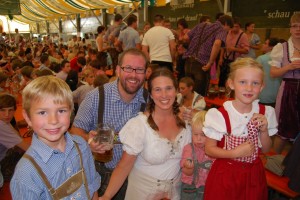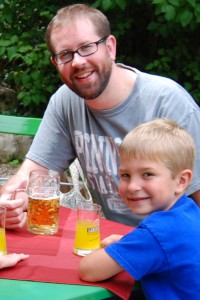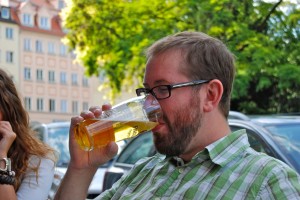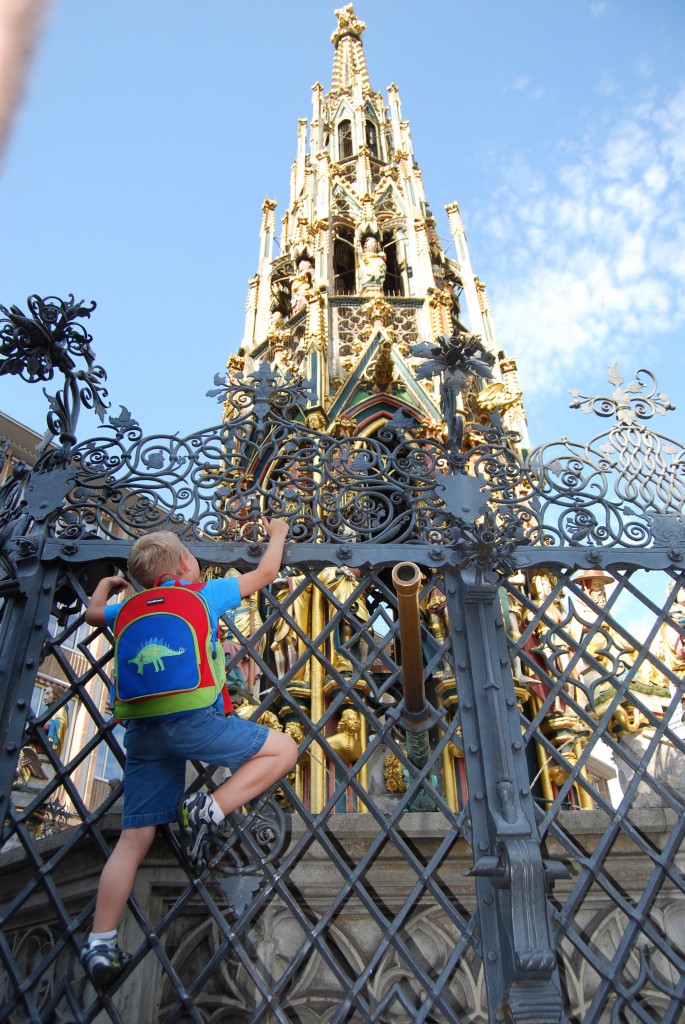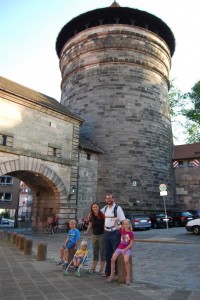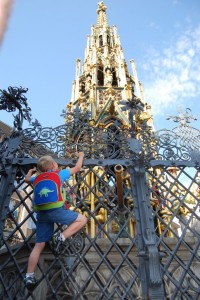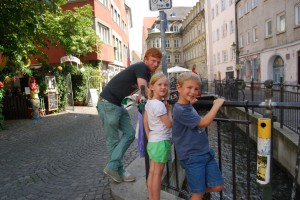During our recent week in Germany, we were reminded of the delicious culinary treats that are traditional German food. Okay, so Germany isn’t known for fancy cuisine, it is very “meat and potatoes.” But nothing beats a good Schweinshaxe with a large Kartoffelknudelpaired with a giant mug of beer. (That’s what Joe had at Oktoberfest). Here’s a little run down of some of our favorites:
Wurst: There are many types of wurst (pronounced with a “v”), or German sausages. They are all surprisingly different, from the soft and mild Bavarian weisswurst that is typically eaten early in the day to the best known bratwurst, usually eaten in a bun. Wieners are just hot dogs, and are common on the children’s menu. Currywurst is actually aschweinwurst (pork sausage) covered in curry ketchup and curry powder. Nürnbergersare small brats from the Franconia region typically served six to a plate, or three in a roll (known as “drei im weckla“).
Schnitzel mit Pommes: This was our kids’ favorite dish. The infamous Wienerschnitzel is actually more Austrian. But Schweinschnitzel, [singlepic id=506 w=320 h=240 float=left]made from pork instead of veal, is very common in Bavaria. There are other schnitzels as well, pretty much any meat that is pounded out, breaded and fried. It is typically served with pommes, or french fries. Our kids ate so many french fries in Germany, I actually bought vitamins to ensure they would get enough nutrients.
More meat: German meals are always centered around some sort of meat. We hadSchweinshaxe (leg of pork), Sauerbraten (German pot roast, usually beef), Hirschfilet (deer steaks), Ochsenbäckchen (Ox cheeks). It is interesting to note that in German, meats are known by the name of the animal it comes from, so once you know some German animal names, you have a headstart on figuring out the menu. For example, we also had duck (Ente), lamb (Lamm), horse (Pferd), calf (Kalb), and many more. Then there is Leberkäse, which is a sort of bologna meatloaf (another favorite of the kids), and there is no telling what kind of meat is actually in it. It’s virtually impossible to be a vegetarian in Germany.
Potatoes and pastas: All of this meat is served with a variety of starchy side items that come in very different forms. There are the knudels, large round dumplings that can be made out of potatoes (kartoffel) or bread (semmel). Spätzle, short thick chewey German noodles, [singlepic id=508 w=320 h=240 float=right]are served with butter or sauce or as a main dish with cheese (Käsespätzle). Schupfnudeln are like gnocchi but shaped like long footballs, and are usually served with saurkraut. Potatoes are common in many forms — boiled, baked, and of course, potato salad (kartoffelsalat).
Miscelaneous: Other staples in the Bavarian diet include giant soft pretzels (Breze), Obazda (a cheese spread common in beer gardens), Strudel (well known German desert). Also, anything that says “teller,” which literally means “plate,” will be a large assortment. Emily once ordered the Schwabenteller because it had our name in it, and it had four large pieces of meat on it served with Schupfnudln. Talk about left overs!
There is so much more, but this gives you an idea of what we ate during our weeks in Germany. We don’t claim that German food is particularly healthy. But it feels like comfort food, and we love it! Here are a few pictures so you can really see what we’re talking about:
[nggallery id=27]

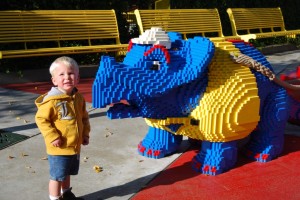
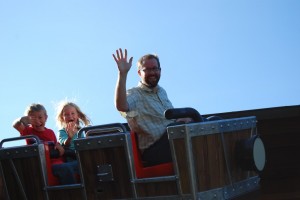
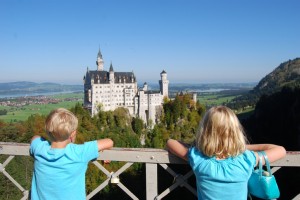
 castle of Hohenschwangau. It is smaller than Neuschwanstein, but has more history as the summer and hunting residence of the Wittelsbach Bavarian royal family. We all watched the sunset over the lake and the castles, which was a beautiful way to end our German vacation.
castle of Hohenschwangau. It is smaller than Neuschwanstein, but has more history as the summer and hunting residence of the Wittelsbach Bavarian royal family. We all watched the sunset over the lake and the castles, which was a beautiful way to end our German vacation.
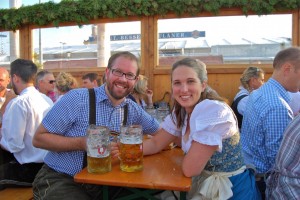
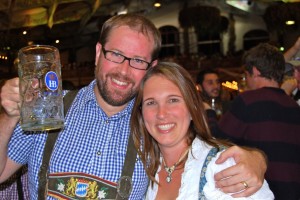
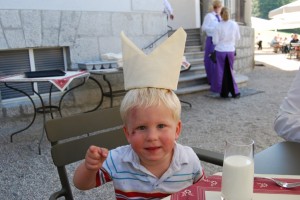
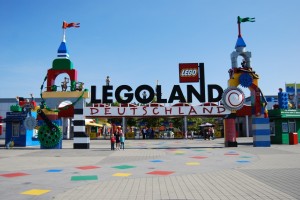
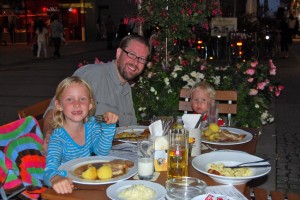
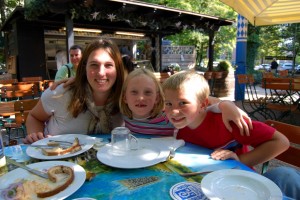
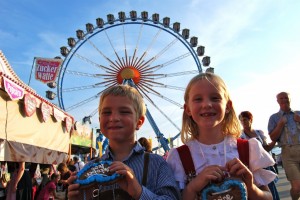 – the swings that spun and rose up several stories in the air. Everyone had a good time, though for being a beer festival, we didn’t have a single beer. But not to worry, we fixed that later.
– the swings that spun and rose up several stories in the air. Everyone had a good time, though for being a beer festival, we didn’t have a single beer. But not to worry, we fixed that later.